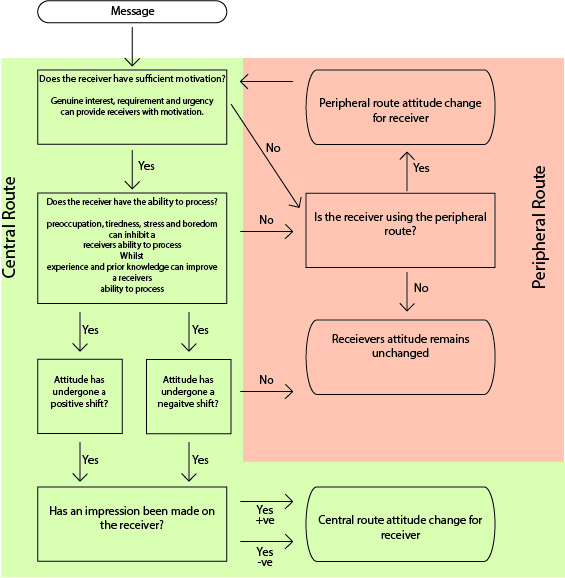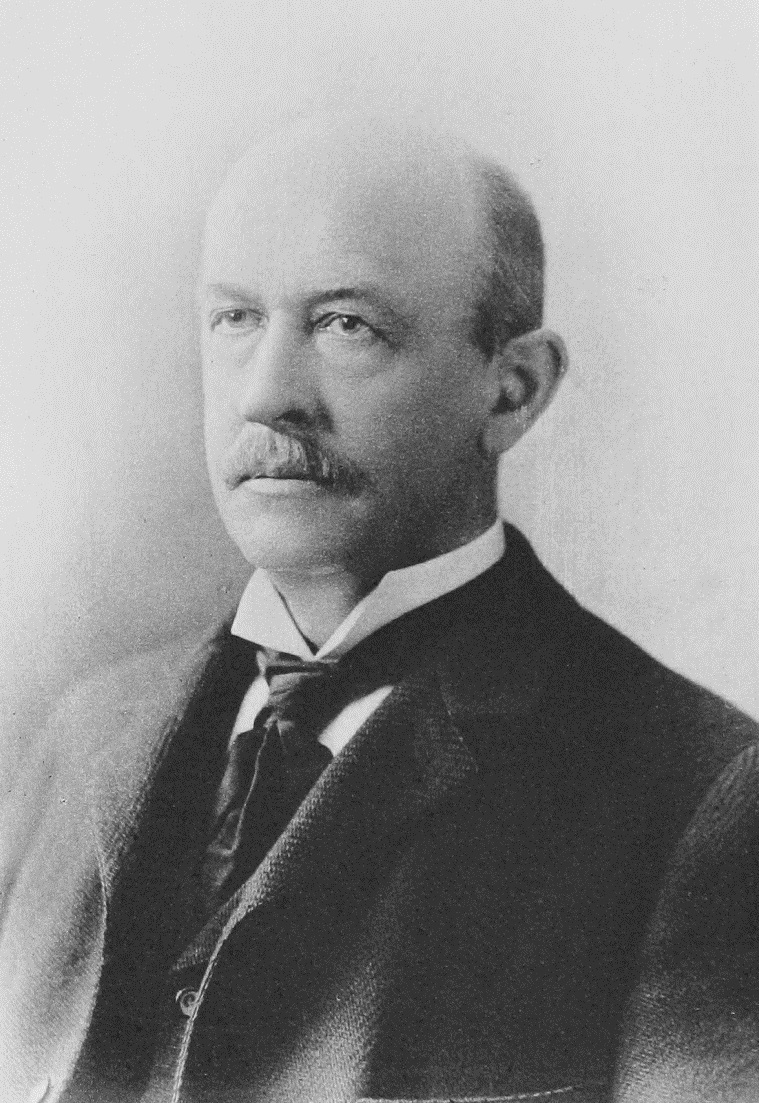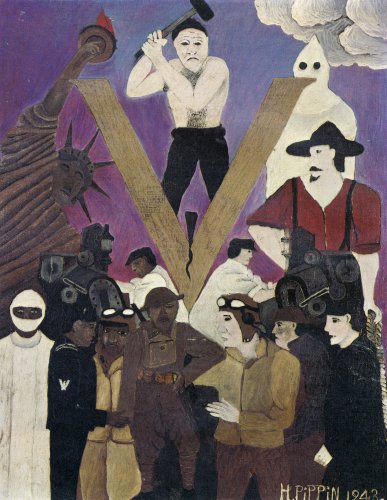|
Superordinate Goals
In social psychology, superordinate goals are goals that are worth completing but require two or more social groups to cooperatively achieve. The idea was proposed by social psychologist Muzafer Sherif in his experiments on intergroup relations, run in the 1940s and 1950s, as a way of reducing conflict between competing groups. Sherif's idea was to downplay the two separate group identities and encourage the two groups to think of themselves as one larger, superordinate group. This approach has been applied in many contexts to reduce intergroup conflict, including in classrooms and business organizations. However, it has also been critiqued by other social psychologists who have proposed competing theories of intergroup conflict, such as contact theory and social categorization theory. In the context of goal-setting theory, the concept is seen in terms of three goal levels. These are classified as subordinate, intermediate and superordinate. An organization's superordinate goals ... [...More Info...] [...Related Items...] OR: [Wikipedia] [Google] [Baidu] |
Social Psychology
Social psychology is the methodical study of how thoughts, feelings, and behaviors are influenced by the actual, imagined, or implied presence of others. Although studying many of the same substantive topics as its counterpart in the field of sociology, psychological social psychology places more emphasis on the individual, rather than society; the influence of social structure and culture on individual outcomes, such as personality, behavior, and one's position in social hierarchies. Social psychologists typically explain human behavior as a result of the relationship between mental states and social situations, studying the social conditions under which thoughts, feelings, and behaviors occur, and how these variables influence social interactions. History 19th century In the 19th century, social psychology began to emerge from the larger field of psychology. At the time, many psychologists were concerned with developing concrete explanations for the different aspe ... [...More Info...] [...Related Items...] OR: [Wikipedia] [Google] [Baidu] |
Zero-sum Thinking
Zero-sum thinking perceives situations as zero-sum games, where one person's gain would be another's loss.Burleigh, T. J. (2016). ''"Your gain is my loss": An examination of zero-sum thinking with love in multi-partner romantic relationships and with grades in the university classroom'' (Doctoral dissertation). http://hdl.handle.net/10214/10034 The term is derived from game theory. However, unlike the game theory concept, zero-sum thinking refers to a psychological construct—a person's subjective interpretation of a situation. Zero-sum thinking is captured by the saying "your gain is my loss" (or conversely, "your loss is my gain"). Rozycka-Tran et al. (2015) defined zero-sum thinking as: A general belief system about the antagonistic nature of social relations, shared by people in a society or culture and based on the implicit assumption that a finite amount of goods exists in the world, in which one person's winning makes others the losers, and vice versa ... a relatively ... [...More Info...] [...Related Items...] OR: [Wikipedia] [Google] [Baidu] |
Elliot Aronson
Elliot Aronson (born January 9, 1932) is an American psychologist who has carried out experiments on the theory of cognitive dissonance and invented the Jigsaw Classroom, a cooperative teaching technique that facilitates learning while reducing interethnic hostility and prejudice. In his 1972 social psychology textbook, ''The Social Animal'', he stated Aronson's First Law: "People who do crazy things are not necessarily crazy", thus asserting the importance of situational factors in bizarre behavior. He is the only person in the 120-year history of the American Psychological Association to have won all three of its major awards: for writing, for teaching, and for research. In 2007, he received the William James Award for Lifetime Achievement from the Association for Psychological Science, in which he was cited as the scientist who "fundamentally changed the way we look at everyday life". A ''Review of General Psychology'' survey, published in 2002, ranked Aronson as the 78th most c ... [...More Info...] [...Related Items...] OR: [Wikipedia] [Google] [Baidu] |
Jigsaw (teaching Technique)
The jigsaw technique is a method of organizing classroom activity that makes students dependent on each other to succeed. It breaks classes into groups that each assemble a piece of an assignment and synthesize their work when finished. It was designed by social psychologist Elliot Aronson to help weaken racial cliques in forcibly integrated schools. A study by John Hattie found that the jigsaw method benefits students' learning. The technique splits classes into mixed groups to work on small problems that the group collates into an outcome. For example, an in-class assignment is divided into topics. Students are then split into groups with one member assigned to each topic. Working individually, each student learns about their topic and presents it to their group. Next, students gather into groups divided by topic. Each member presents again to the topic group. In same-topic groups, students reconcile points of view and synthesize information. They create a final report. Finally, t ... [...More Info...] [...Related Items...] OR: [Wikipedia] [Google] [Baidu] |
Self-esteem
Self-esteem is confidence in one's own worth, abilities, or morals. Self-esteem encompasses beliefs about oneself (for example, "I am loved", "I am worthy") as well as emotional states, such as triumph, despair, pride, and shame. Smith and Mackie define it by saying "The self-concept is what we think about the self; self-esteem, is the positive or negative evaluations of the self, as in how we feel about it (see self)." The construct of self-esteem has been shown to be a desirable one in psychology, as it is associated with a variety of positive outcomes, such as academic achievement, relationship satisfaction, happiness, and lower rates of criminal behavior. The benefits of high self-esteem are thought to include improved mental and physical health, and less anti-social behavior while drawbacks of low self-esteem have been found to be anxiety, loneliness, and increased vulnerability to substance abuse. Self-esteem can apply to a specific attribute or globally. Psychologists usu ... [...More Info...] [...Related Items...] OR: [Wikipedia] [Google] [Baidu] |
Social Identity Theory
Social identity is the portion of an individual's self-concept derived from perceived membership in a relevant social group. As originally formulated by social psychologists Henri Tajfel and John Turner in the 1970s and the 1980s, social identity theory introduced the concept of a social identity as a way in which to explain intergroup behaviour. "Social identity theory explores the phenomenon of the 'ingroup' and 'outgroup', and is based on the view that identities are constituted through a process of difference defined in a relative or flexible way depends on the activities in which one engages." This theory is described as a theory that predicts certain intergroup behaviours on the basis of perceived group status differences, the perceived legitimacy and stability of those status differences, and the perceived ability to move from one group to another. This contrasts with occasions where the term "social identity theory" is used to refer to general theorizing about huma ... [...More Info...] [...Related Items...] OR: [Wikipedia] [Google] [Baidu] |
Minimal Group Paradigm
The minimal group paradigm is a method employed in social psychology. Although it may be used for a variety of purposes, it is best known as a method for investigating the minimal conditions required for discrimination to occur between groups. Experiments using this approach have revealed that even arbitrary distinctions between groups, such as preferences for certain paintings, or the color of their shirts, can trigger a tendency to favor one's own group at the expense of others, even when it means sacrificing in-group gain.Tajfel, H. (1974). Social Identity and Intergroup Behavior . Methodology Although there are some variations, the traditional minimal group study consists of two phases. In the first phase, partic ...[...More Info...] [...Related Items...] OR: [Wikipedia] [Google] [Baidu] |
Discrimination
Discrimination is the process of making unfair or prejudicial distinctions between people based on the groups, classes, or other categories to which they belong or are perceived to belong, such as race, gender, age, class, religion, or sexual orientation. Discrimination typically leads to groups being unfairly treated on the basis of perceived statuses based on ethnic, racial, gender or religious categories. It involves depriving members of one group of opportunities or privileges that are available to members of another group. Discriminatory traditions, policies, ideas, practices and laws exist in many countries and institutions in all parts of the world, including some, where such discrimination is generally decried. In some places, countervailing measures such as quotas have been used to redress the balance in favor of those who are believed to be current or past victims of discrimination. These attempts have often been met with controversy, and sometimes been called re ... [...More Info...] [...Related Items...] OR: [Wikipedia] [Google] [Baidu] |
Prejudice
Prejudice can be an affect (psychology), affective feeling towards a person based on their perceived In-group and out-group, social group membership. The word is often used to refer to a preconceived (usually unfavourable) evaluation or classification of another person based on that person's perceived personal characteristics, such as political affiliation, sex, gender, gender identity, beliefs, Value (personal and cultural), values, social class, friendship, Ageing, age, disability, religion, sexual orientation, sexuality, Race (human classification), race, ethnicity, language, nationality, culture, complexion, beauty, height, body weight, job, occupation, wealth, education, criminality, Fan loyalty, sport-team affiliation, Psychology of music preference, music tastes or other perceived characteristics. The word "prejudice" can also refer to unfounded or pigeonholed beliefs and it may apply to "any unreasonable attitude that is unusually resistant to rational influence". Gordon ... [...More Info...] [...Related Items...] OR: [Wikipedia] [Google] [Baidu] |
Realistic Conflict Theory
Realistic conflict theory (RCT), also known as realistic group conflict theory (RGCT), is a social psychological model of intergroup conflict. The theory explains how intergroup hostility can arise as a result of conflicting goals and competition over limited resources, and it also offers an explanation for the feelings of prejudice and discrimination toward the outgroup that accompany the intergroup hostility. Groups may be in competition for a real or perceived scarcity of resources such as money, political power, military protection, or social status. Feelings of resentment can arise in the situation that the groups see the competition over resources as having a zero-sums fate, in which only one group is the winner (obtained the needed or wanted resources) and the other loses (unable to obtain the limited resource due to the "winning" group achieving the limited resource first). The length and severity of the conflict is based upon the perceived value and shortage of the giv ... [...More Info...] [...Related Items...] OR: [Wikipedia] [Google] [Baidu] |
Muzafer Sherif
Muzafer Sherif (born Muzafer Şerif Başoğlu; July 29, 1906 – October 16, 1988) was a Turkish- American social psychologist. He helped develop social judgment theory and realistic conflict theory. Sherif was a founder of modern social psychology who developed several unique and powerful techniques for understanding social processes, particularly social norms and social conflict. Many of his original contributions to social psychology have been absorbed into the field so fully that his role in the development and discovery has disappeared. Other reformulations of social psychology have taken his contributions for granted, and re-presented his ideas as new. Life and career Early life, education and political involvement Muzafer Sherif was born as Muzaffer Şerif Başoğlu and grew up in a wealthy family that included five children, of whom he was the second born. He attended Elementary School in Ödemiş for six years and then attended Izmir International College from wh ... [...More Info...] [...Related Items...] OR: [Wikipedia] [Google] [Baidu] |
Robbers Cave Experiment
Realistic conflict theory (RCT), also known as realistic group conflict theory (RGCT), is a social psychological model of intergroup conflict. The theory explains how intergroup hostility can arise as a result of conflicting goals and competition over limited resources, and it also offers an explanation for the feelings of prejudice and discrimination toward the outgroup that accompany the intergroup hostility. Groups may be in competition for a real or perceived scarcity of resources such as money, political power, military protection, or social status. Feelings of resentment can arise in the situation that the groups see the competition over resources as having a zero-sums fate, in which only one group is the winner (obtained the needed or wanted resources) and the other loses (unable to obtain the limited resource due to the "winning" group achieving the limited resource first). The length and severity of the conflict is based upon the perceived value and shortage of the give ... [...More Info...] [...Related Items...] OR: [Wikipedia] [Google] [Baidu] |




